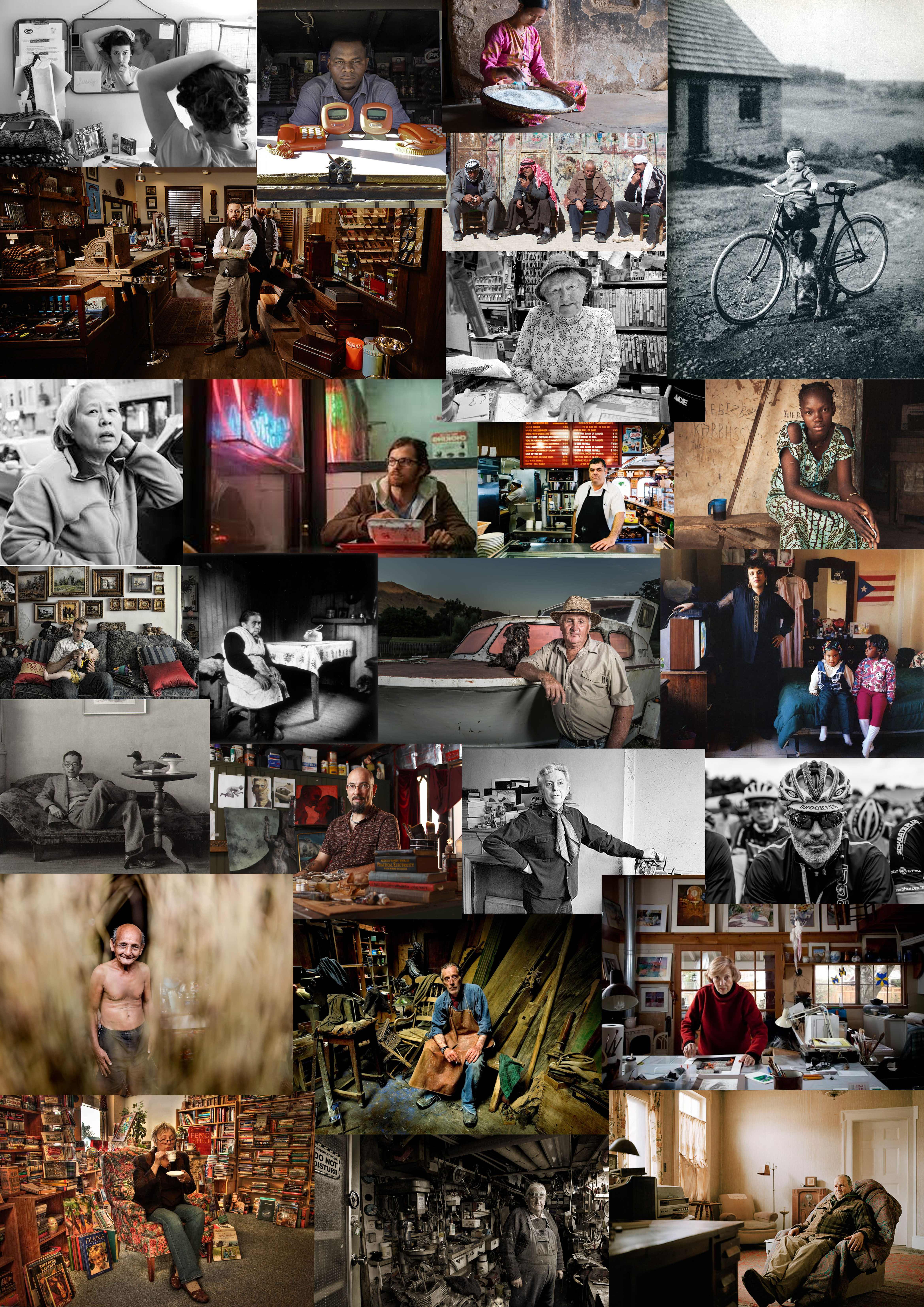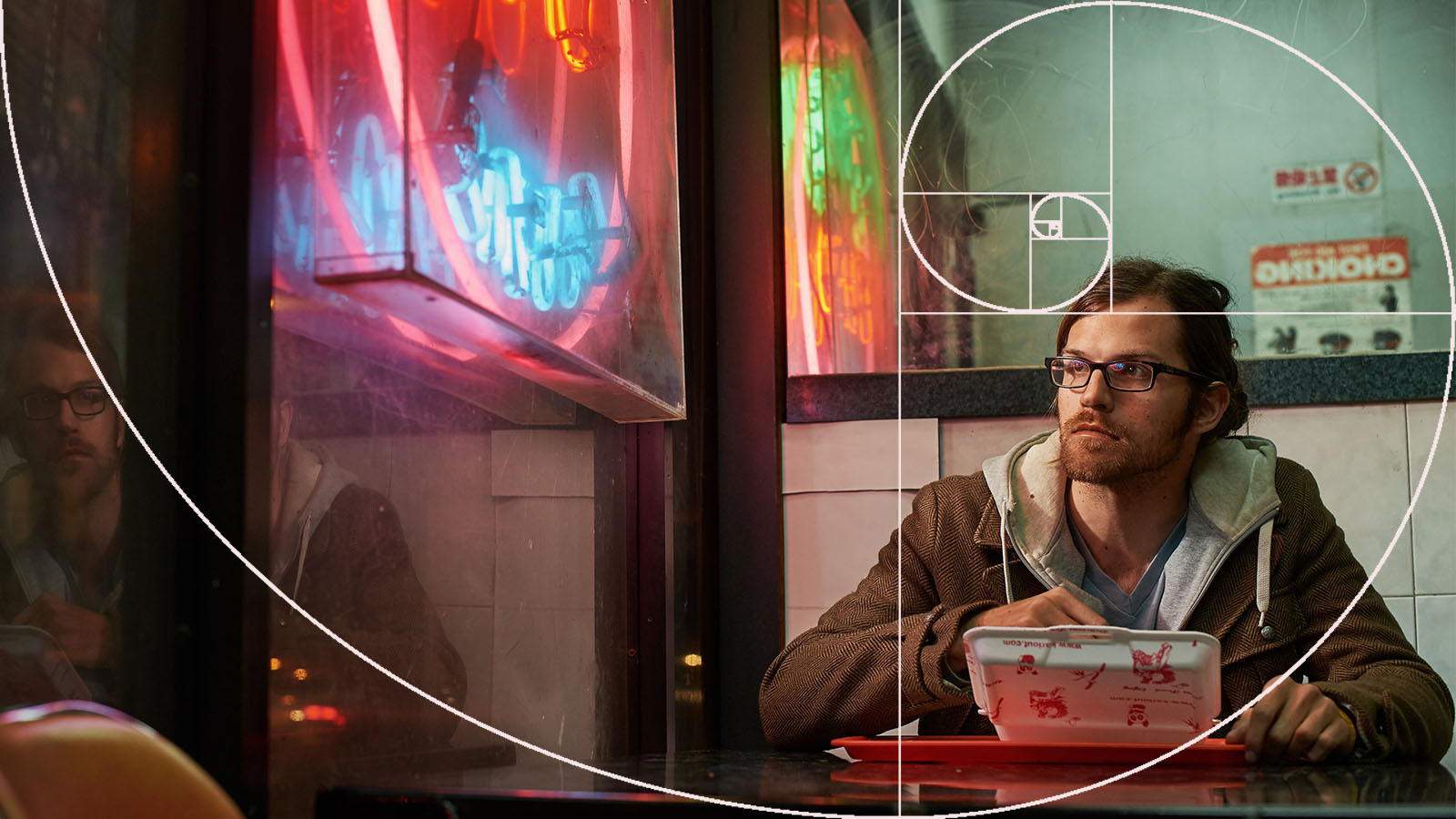An environmental portrait is a portrait executed in the subject’s usual environment, such as in their home or workplace, and typically illuminates the subject’s life and surroundings.
The Golden Ratio
While the rule of thirds is the most widely known composition rule, there’s another principal that plays a big role in composing images with that wow factor; the golden ratio. Google “golden ratio” and you’ll immediately be assaulted by mathematical principles and numbers. While its basis does lie in math and numbers, the golden ratio is really about what the human eye sees, and composing an image that immediately demands attention. You don’t have to be a math whiz to understand the golden ratio. The golden ratio is actually a number. It’s found by taking a line (or sometimes another shape) and dividing it into two parts. When a line or shape is divided into two parts based on the golden ratio, it will be divided in such a way that, if you divided the length of the longest section by the length of the smallest section, it would be equal to the original length of the shape divided by the longest section. The golden ratio is perfectly balanced, and that balance makes it pleasing to the human eye. Because of this, the golden ratio crosses from math over into art. The Mona Lisa and The Last Supper, for example, are both paintings that use this golden ratio. In photography, the golden ratio can be used to identify the main subject while still leading the viewer’s eye through the entire image.
